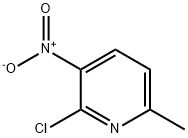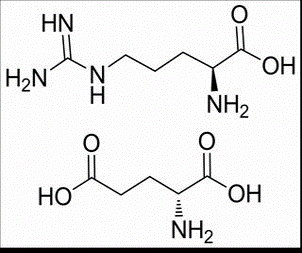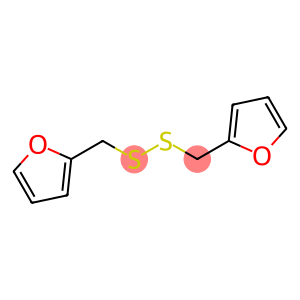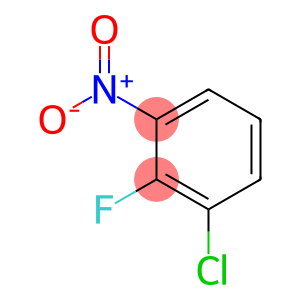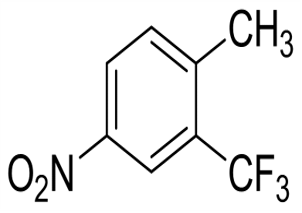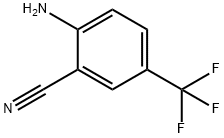2-Chloro-3-nitro-6-methylpyridine(CAS# 56057-19-3)
| Risk Codes | R36/37/38 – Irritating to eyes, respiratory system and skin. R20/21/22 – Harmful by inhalation, in contact with skin and if swallowed. |
| Safety Description | S36/37/39 – Wear suitable protective clothing, gloves and eye/face protection. S26 – In case of contact with eyes, rinse immediately with plenty of water and seek medical advice. S36 – Wear suitable protective clothing. |
| HS Code | 29349990 |
Introduction
2-Chloro-3-nitro-6-methylpyridine is an organic compound. The following is an introduction to its nature, use, preparation method and safety information:
Quality:
- Appearance: 2-chloro-3-nitro-6-methylpyridine is a yellow crystalline solid.
- Solubility: It is easily soluble in organic solvents and slightly soluble in water.
Use:
- 2-Chloro-3-nitro-6-methylpyridine is commonly used as a pesticide to control weeds on crops such as rice and wheat.
- It has the functions of insecticide, weeding, and has high selectivity for certain weeds.
Method:
- 2-Chloro-3-nitro-6-methylpyridine can be obtained by first reacting 2,6-dimethylpyridine with Cl2-NaNO2 to obtain a derivative of 2-chloro-3-nitro-6-methylpyridine, and then undergoing a reduction reaction to obtain the target product.
Safety Information:
- 2-chloro-3-nitro-6-methylpyridine is a toxic compound that can be harmful to humans if contacted, inhaled, or ingested in excess.
- Personal protective equipment such as protective gloves, goggles, and masks should be worn when using or handling the compound, and adequate ventilation should be ensured.
- Avoid contact with skin, eyes, mucous membranes, etc., rinse immediately with plenty of water and seek medical treatment.
- During the storage and transportation of the compound, it should be kept away from ignition and oxidants, and kept in a closed, dry and cool environment.


